Thought on the Construction Strategy of Tourist Destination of China Traditional Villages
Taking Wujiang Scenic Area, Bozhou District, Zunyi City, Guizhou Province, China as the Example
Xu Fei
Wujiang, Guizhou City, China; Traditional Villages; Tourist Destination; Construction Strategy; Rural Revitalization; Village Tourist
Abstract
Traditional villages in China are most located at the remote mountain areas with inadequate and unadvanced transportation, and less-developed economy. Tourism is an important economic industry that plays a crucial role in the protection and development of traditional villages, and also an internationally recognized method to fight against poverty. This paper, with Wujiang Village, Bozhou District, Zunyi City, Guizhou Province as the research case, dwells on overcoming poverty and achieving prosperity for local villagers through development of tourism while protecting traditional villages, and comes up with the thought on construction strategy of tourist destination in China’s traditional villages.
1. Introduction
Traditional villages, previously named as “ancient villages”, was renamed on September 2012 after the first meeting of Expert Committee on Traditional Villages and Development. According to The Notice of Ministry of Housing and Urban-Rural Development, Ministry of Culture, State Bureau of Cultural Relics, and Ministry of Finance Regarding Carrying on Traditional Villages Research, the concept of “Traditional Villages” refers to “the villages which was formed earlier, endowed with relatively rich traditional resources, possessed with some values of history, culture, science, art, society, and economy, and should be under protection.” [i](2012) As of 2020, 6819 villages have been included in the list of China Traditional Villages one after another.
Traditional Villages in China are mostly located in the remote mountainous area with inconvenient transportation, and baffled with backward economy. For the protection and development of traditional villages, tourism is a crucial economic industry and poverty alleviation through tourism is also an internationally recognized method to get rid of poverty. President Xi proposed the strategic thought of well-targeted poverty alleviation after his inspect in Xiangxi in 2013. According to the relevant data in 2020, the number of rural tourists has surpassed the half of the whole number of tourists in China. Traditional villages is the important foundation of rural tourism as they embrace diversified natural landscapes, cultural history, and architectural features. Therefore, developing traditional villages tourism while protecting traditional villages and taking well-targeted measures, becomes a significant sector in achieving “rural revitalization”.
As one of the fourth batch of traditional villages in the list of China Traditional Villages., Wujiang Village, Shanji County, Bozhou District, Zunyi City, Guizhou Province, needs to keep its original traditional architectural features and village culture. It, as a poverty village at the provincial level in Guizhou, can lift itself out of poverty through “rural revitalization” helped by developing rural tourism industry. With Wujiang River as its example, this paper elucidates the construction issues concerning tourist destinations in traditional villages.
2. Diversified and Interactive Research Idea
Protecting and developing tourist destinations in traditional villages in order to promote rural tourism has become an important way to fully implement the strategy of “rural revitalization”. The construction process should be studied in a diversified and interactive manner from the perspective of “complex systematic theory”, instead of being discussed from a single angle as there are many factors and complicated issues concerning therein.
First of all, faced with unique architectural features and culture of traditional villages, the soul and spiritual backing of future tourist destinations, a categorized method should be adopted to sort out and investigate local traditional culture whose availability and expansibility should also be assessed and designed.
Second, as the research objective is tourist destination, the allocation and design of tourist elements should fit in with the local lifestyle and cultural tradition, so as to integrate scenic spots with local natural environment, and most importantly, to arise the emotional recognition of local residents and tourists, and meet their perception and imagination of local life through rural tourism as if entering in a magic world out of time.
Therefore, researches on the relation of dependence and coexistence between culture and tourism need more attention, the cultural elements should be applied to the construction of tourist destinations effectively, services which meet the requirements of tourists should be made available by taking the features of local tourism into consideration and businesses which will support the operation of tourist destinations should be formed on the basis of protecting traditional villages.
3. The Exploration of the Construction of Tourist Destinations in Wujiang Village
3.1 Project Profile
Wujiang Village, with a long history, well-protected landscape and folk houses, simple folk lifestyle and rich folk activities, was listed in the fourth batch of Chinese Traditional Villages in December 2016. The project area is a suitable place for the construction of tourist destinations and scenic spots as it enjoys exceptional ecologic advantage with beautiful mountains and clean water, a fishponds river running across the scenic spot and a forest coverage rate of 75%. The location of the project area is superior (Fig 1). It is 15 km away from Zunyinan Railway Station, and 6 km away from Shanji on Guizhou-Zunyi Expressway, and it takes only a hour to drive to Xinzhou airport, Maotai airport or Guizhou airport.
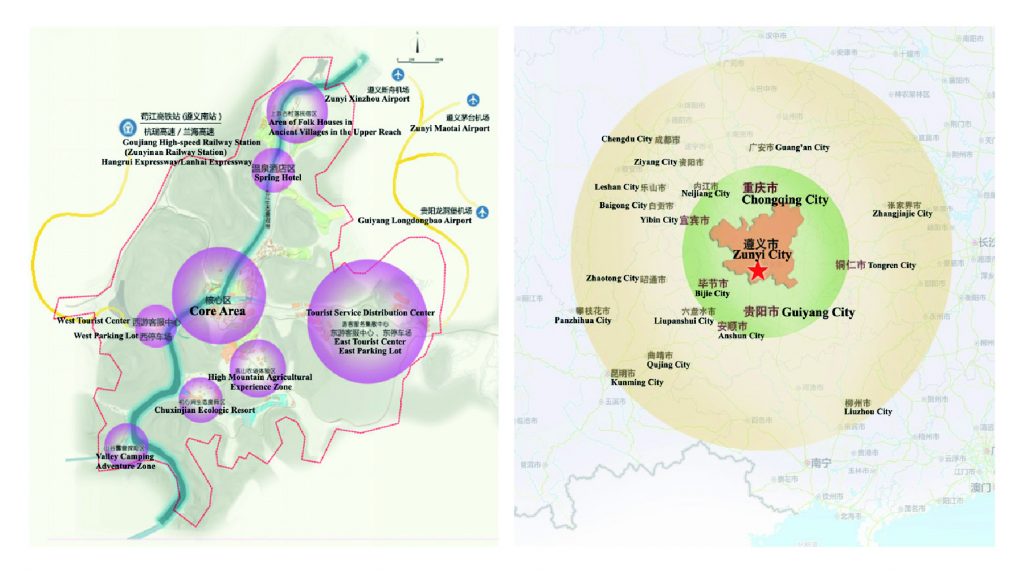
Fig 1 Wujiang Village Location (Mapped by the Author)
Based on the general idea of “Achieving Poverty Alleviation through Tourism and Vitalizing Old Villages” and the method adopted by Bozhou District to attract investment and talents, this project is one of 100 comprehensive tourist projects in Guizhou. The project aims to embrace more than 2 million people every year, and earn over 5 billion from tourism. The scenic spot is going to be divided into six functional zones, namely, Chuxinjian Ecologic Resort, Hot Spring Leisure Resort, Valley Camping Adventure Zone, High Mountain Agricultural Experience Zone, Idyllic Scenery Leisure Zone and Upstream Village Folk Hotel Zone. Hot springs, snack streets, bar streets, workshops, theaters, horse ranches, tea gardens, farms, craftsman villages and other recreation facilities (Fig 2) are going to be built in the project area. When the project comes into service, it will help Bozhou District, Zunyi City of Guizhou Province earn 30 billion yuan overall and boost the development of tourism in Bozhou District, Zunyi City and even the whole Guizhou Province.
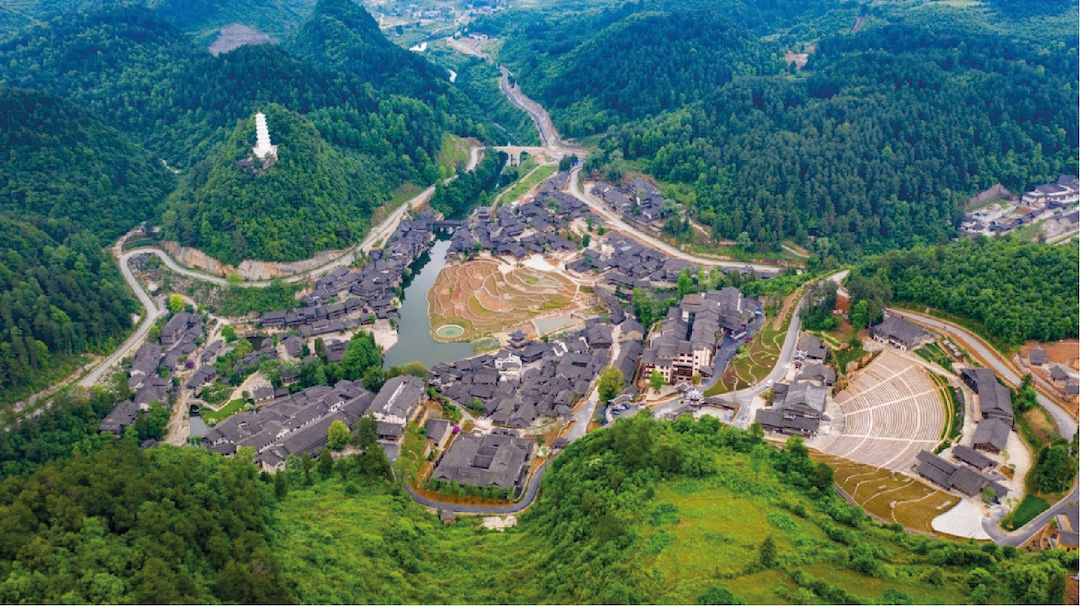
Fig 2 Aerial View of Wujiang Village Scenic Area (Shot by the Author)
3.2 Construction Practice
Mr. Feng Jicai said, “When a village is entering into the process of developing its tourism, tourism constructions which comply with the law of commerce will be maintained and constructions which violate the law of commerce will be ignored and its culture will be dismembered, losing its original features. Therefore, the protection of old villages is also a significant issue.”2 (Lu Jing. Feng Jicai,2011)
Wujiang Village Project, based on the general idea of “Achieving Poverty Alleviation through Tourism and Vitalizing Old Villages”, addresses a great many problems such as rural poverty and labor outflow by adopting a sustainable tourism business mode.[ii] Meanwhile, it also protects the old villages and carries forward their culture, achieving the harmonious existence between old villages and contemporary tourism industry.
Guided by the overall construction idea of “Achieving Poverty Alleviation through Tourism and Vitalizing Old Villages”, the transformation and development of tourist destinations in Wujiang Village integrates traditional village and culture with tourism elements, meeting the diversified requirements of local residents and tourists. The project combines six old elements of tourism, namely, food, housing, transportation, travelling, shopping and recreation with six new ones, namely, business, nourishment, study, leisure, passion and fancy. On the other hand, from the perspective of Maslow’s hierarchy of needs, considering that the basic services provided in the tourist scenic spot can meet physiological needs, safety needs, social contact needs, respect needs of tourists, more efforts need to be put into helping tourists achieve a sense of satisfaction through self-fulfillment. Based on the old village architectures in Wujiang Village, this paper discusses them from three dimensions: time, space and scene (Fig 3).
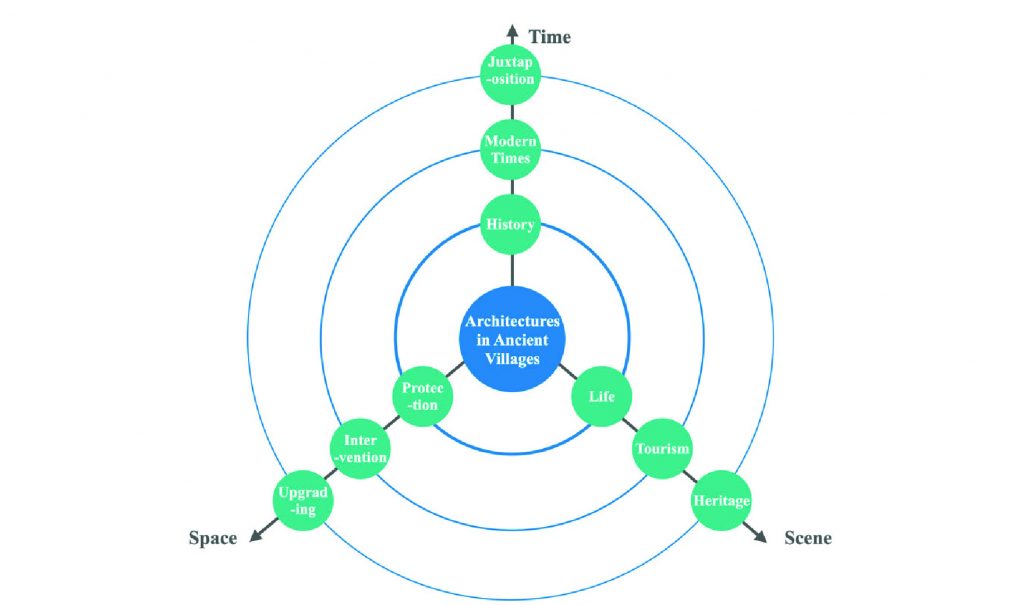
Fig 3 Three Dimensions of Time, Space, and Scene in the Construction of Tourist Destination in Traditional Village (Mapped by the Author)
From the dimension of time, the village has traditional culture passed down from ancient history, as well as modern lifestyle, therefore the juxtaposition of historic and modern times needs be conducted in scenic spots, infusing historical dimension into modern tourism and life in an almost invisible fashion.
From the dimension of space, local traditional buildings need to be protected, repaired or restored at first, and then intervention of modern buildings, as well as the upgrading of traditional buildings meeting functions of modern architectures should be conducted so as to speed up the adjustment of traditional buildings to the operational types of tourism, and meet various needs of tourists in modern life.
From the dimension of scene, scenes with different functions, such as culture inheritation, tour and sightseeing, life experiencing, need to be set, making buildings in traditional villages flexible, thereby transforming the scenic spot into “sponge community” which can bear more practical functions and scenic imagination.
Protecting Traditional Buildings and Reshaping the Village Style
The core architectural community in Wujiang Village is based on stilted buildings of Miao nationality. According to the architectural style, structure and size of stockaded villages of Miao nationality, a well-scattered and magnificent architectural landscape of the scenic area is formed, so that tourists can identify with it from the senses. Ancestral halls, stages and other buildings will be built according to the local architectural style, or the local ancient stages will be relocated in the scenic area. The buildings in the scenic spot can be divided into three categories: renovation, relocation and construction.
Dilapidated buildings in the scenic area will be reinforced and repaired, as well as being decorated to serve as open space for operation. Original traditional buildings will be reserved, rather than being teared down and being replaced with copied ones.
According to the overall plan of the scenic area, new buildings will be built around old ones with same style, and will offer services including catering, housing, business, workshops, exhibitions, performances, experiences and so on. Then the village style of combined functions which integrates new buildings with old ones is formed. (Fig 4)
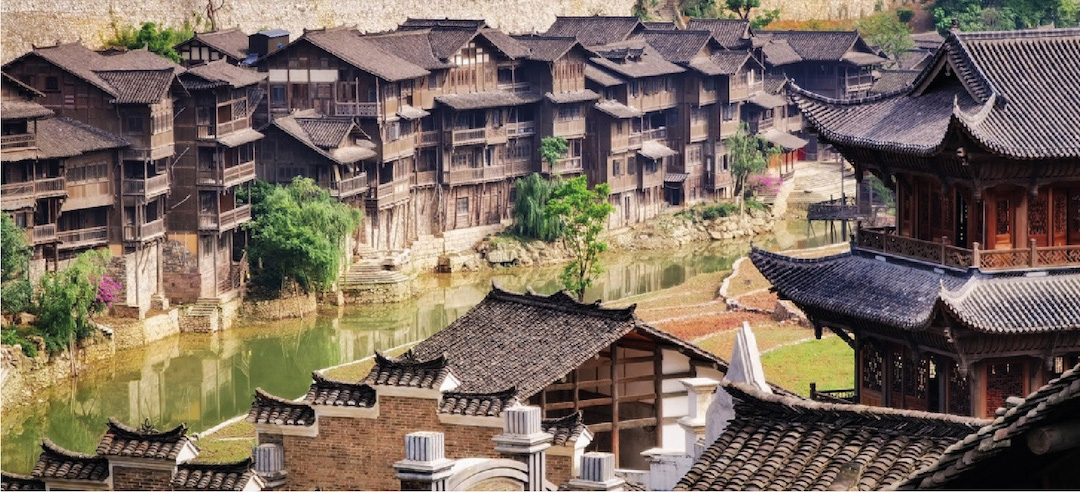
Fig 4 Architectural Features of Buildings with the Style of Stockaded Villages of Miao Nationality within the Wujiang Village Scenic Area (Shot by the Author)
The ancient stage (Fig 5), a local traditional building with both architectural and artistic characteristics, will be relocated within the scenic area in form of individual architecture, which will become the punchline of the scenic area, and display the beauty of ancient stages of Miao nationality. In the process of relocation, considering its mortise and tenon joint structure, as well as the huge number and similarity of its building blocks, the stage will be disassembled into several parts labelled (Fig 6), which will make the subsequent reassembling easier.
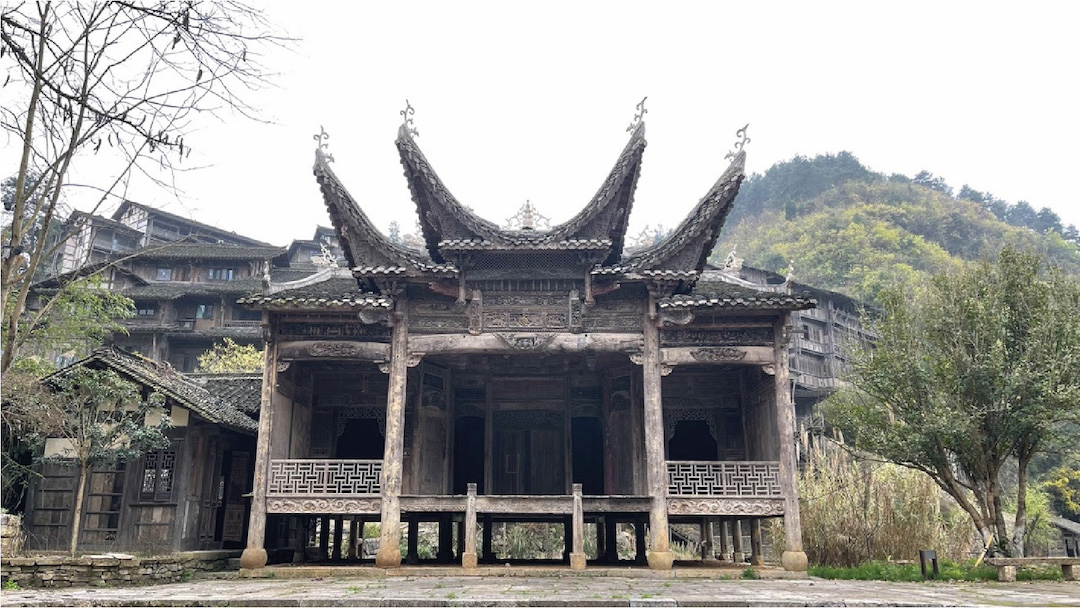
Fig 5 Guizhou Ancient Stage Relocated in the Scenic Area (Shot by the Author)

Fig 6 Labels on the Relocation Building and Wooden Structure (Shot by the Author)
(2) Vitalizing Culture of Miao Nationality and Transforming Tourist Resources
In the investigation process of Wujiang Village, the culture investigation will be expanded from Wujiang Village to Zuni City, and to Guizhou Province, and cultural resources which are representative and have distinctive national features will be analyzed, transformed, and upgraded into tourism resources according to operation and services in scenic area (Fig 7). Wujiang Village Scenic Area is not only a travel destination, but also an ecological museum where one can know and experience the local culture, and feel the dynamic relation between human beings, scenic area and culture in his/her tour and holiday.
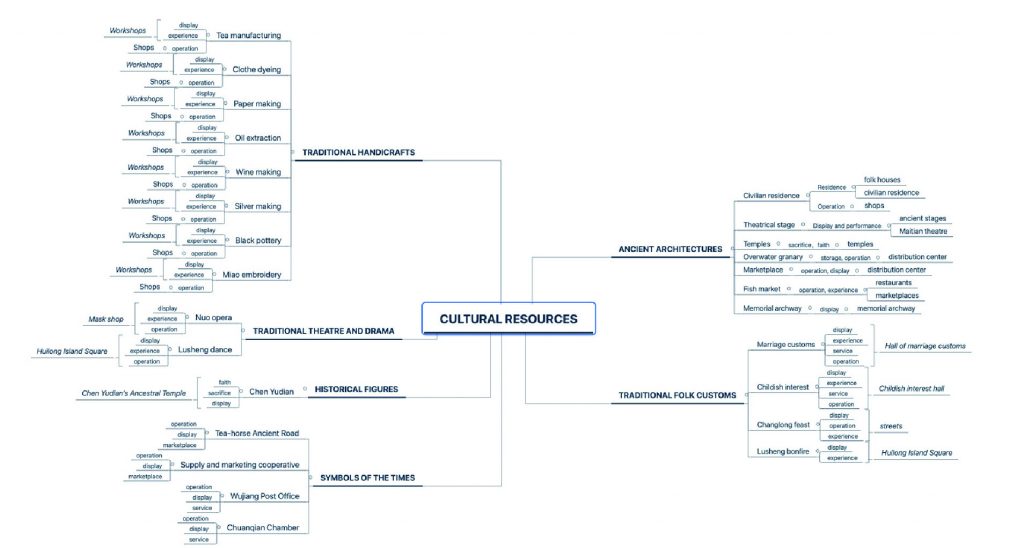
Fig 7 Wujiang Village Culture Analysis and Tourism Resources Transformation (Shot by the Author)
Representative culture elements will be extracted after the traditional culture is organized and generalized, and then they will become new cultural languages prior to modern translation. Those new cultural languages will extend to tourism scenes based on tourism demands, building functions, decoration style and other conditions, so as to adapt to the real scenes and be accepted and recognized by tourists after being applied into real tourism services through the operation of scenes.

Fig 8 Logic Diagram of the Application of Culture Resources in Tourist Destination (Shot by the Author)
Local traditional handicrafts, such as tea making, clothe dying, paper making, oil manufacturing, wine making, silver producing, black pottery manufacturing, Miao embroidery, are available for display and promotion which tourists can see and experience, as well as serving as products for sell and dissemination. In terms of space setting, workshops and stores can be allocated according to the multiple features of those traditional handicrafts. For example, based on ancient tea making method, Hawk Tea Factory where people can visit and experience the process of making tea and Hawk Tea Store where tourists can buy Hawk Tea as a souvenir and bring it home are set.
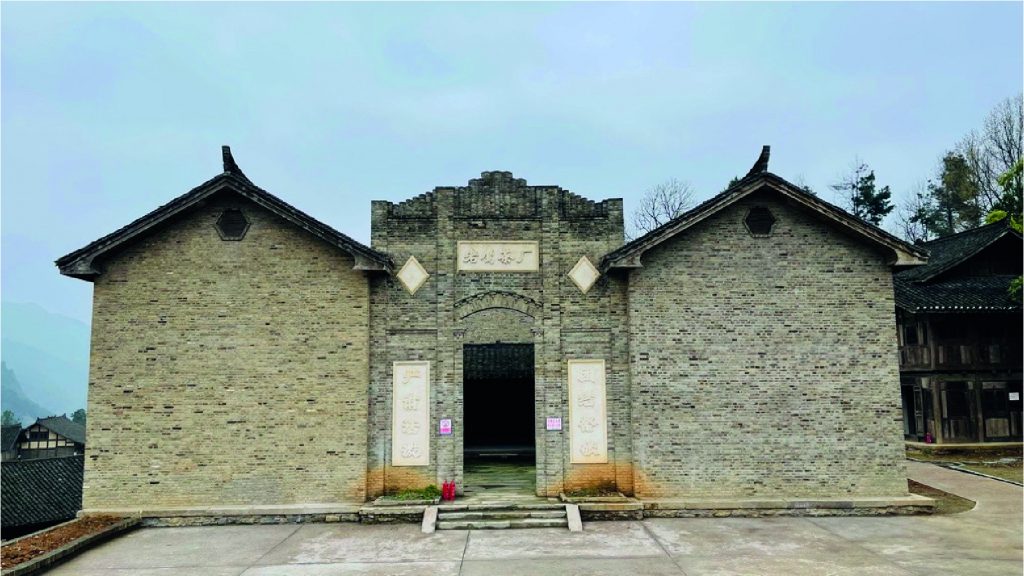
Fig 9 Hawk Tea Factory (Shot by the Author)
(3) Planning Space Effectively and Making Scenic Area More Flexible
On the basis of his “complex landscape logic” and jointing methods, Enric Miralles, a renowned Spanish architect, creates the landscape from the perspective of abstract concept and generalizes and visualizes the landscape by using lines and jointing elements and pictures, thereby displaying the “locality” of the landscape and blending into the local environment. At last, the forms of the landscape will be created after using structures, materials and other tools. The style of the entire landscape can be divided into following categories: labyrinth-typed space, organic elements and structures, Catalonian enthusiasm, and the overall design idea helps increase the contact and communication between space full of imagination and capacity and human beings so as to expose people to the landscape as much as possible.
In spatial planning and landscape design of Wujiang Village, the strategy of “complex landscape” is applied as well. The entire space is designed on the basis of the direction of river across the scenic area. And with integrated relation between landscapes, and the vision difference caused by spatial difference in terms of distance and height, landscapes embrace the visual beauty of “view borrowing” in Chinese classic gardens (Fig 10).

Fig 10 Landscape Relations under Different Angles and Situations (Shot by the Author)
In addition, the “locality” and “utilization” of environment are also wonderful features of scenic area and landscape. Wujiang Village also reserves the terrain and direction of “terrace field” landscape, which is a typical feature of Guizhou mountainous area. Based on this, the Rye Theater is presented in front of tourists as a landscape in the scenic area (Figure 11).
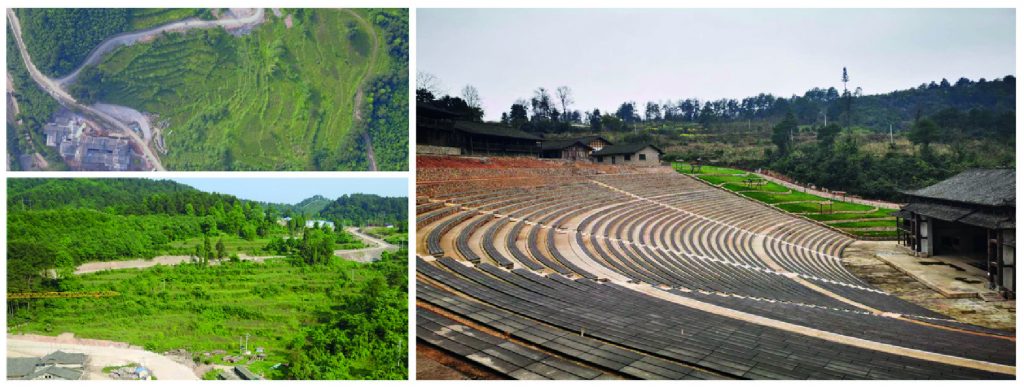
Fig 11 Terrace Fields (left) and Rye Theater Transformed from the Terrace Fields (right) (Shot by the Author)
(4)Improve Living Facilities and Providing job Opportunities
Developing tourism is an important way to promote village growth and increase villagers’ income and get rid of poverty. The construction of Wujiang Village Scenic Area will bring practical benefits to local economy and livelihood. In the process, all policies unveiled are the result of discussion by local residents. And tourism cooperative is also set up which demands people’s commitment to shared rules. Among those rules, one that can show the concept of this project is Wujiang Pact, which has 7 rules, varying from operation mode, operation management mode, the distribution of project benefits, and basic guiding philosophy and principles for Wujiang Village’s sustainable development in terms of the regulation of the behaviors of local governments, project managers and local residents.
One of core ideas of Wujiang Village Project is “coexistence”, which means seeking for a harmonious balance among stakeholders. By renovating and constructing buildings(Fig 12) and toilets and kitchens, building roads, introducing natural gas and building water plants, residents’ living conditions are improved; by setting sewage treatment plants, implementing waste sorting, eliminating planting and breeding pollution, protecting and developing landscapes, local environment is improved; by developing tourism, developing high-efficient agriculture, providing job opportunities, more young adults are attracted to work, start up businesses and purchase houses here; by discovering and analyzing traditional culture, strengthening protection of traditional culture and village-level civilization, as well as villagers’ self-discipline, local culture is well reserved.
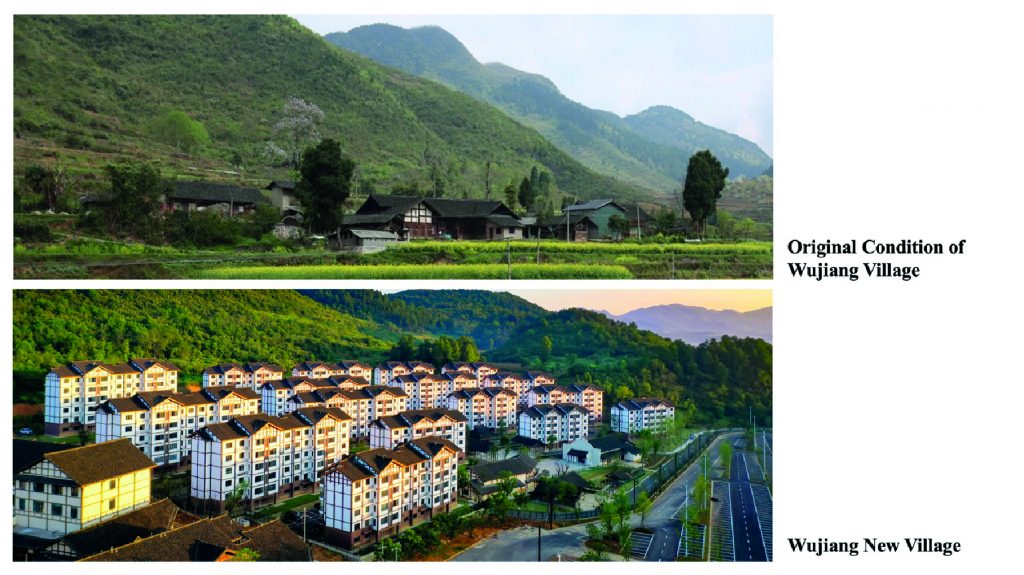
Fig 12 Comparison of Old Wujiang Village and New Wujiang Village (Shot by the Author)
4. Brief Introduction to Several Projects
(1) Chunyu Oil Mill
“Chunyu Oil Mill”, which is built according to the traditional handicraft of ancient oil manufacturing method, is a characteristic workshop in Wujiang Village Scenic Area (Fig 13).. This kind of method stresses the craft which emphasizes on accumulation of experience. In every step, such as duration and degree of heating, intensity and time, of the ancient oil manufacturing method, there are unique knacks. The technique has been passed on from generation to generation through the long history, however, with the widespread use of modern mechanized oil manufacturing method which increase oil production, the ancient method has been forgotten gradually. Ancient oil manufacturing method is a relatively complicated and subtle one as it has over ten procedures from fruit picking to oil filtering. And perhaps it is its complicity that makes the ancient craft long-standing and arises people’s nostalgic feelings.

Fig 13 “Chunyu Oil Mill” Site and Lines (Mapped by the Author)
In terms of the combination between craft and space of the traditional oil manufacturing method, it is discovered that the space of traditional workshops is small (Fig 14), with dim light and unclear partition of spatial functions. However, the core of oil manufacturing craft lies in its technique, instead of the workshop. Therefore, the display of traditional oil manufacturing craft as one of local traditional handicrafts requires reconsideration of relation between handicraft and workshop space. The emphasis should be transferred from craft to display, so as to stress the display function of space, thereby amplifying the procedures of traditional oil manufacturing craft.
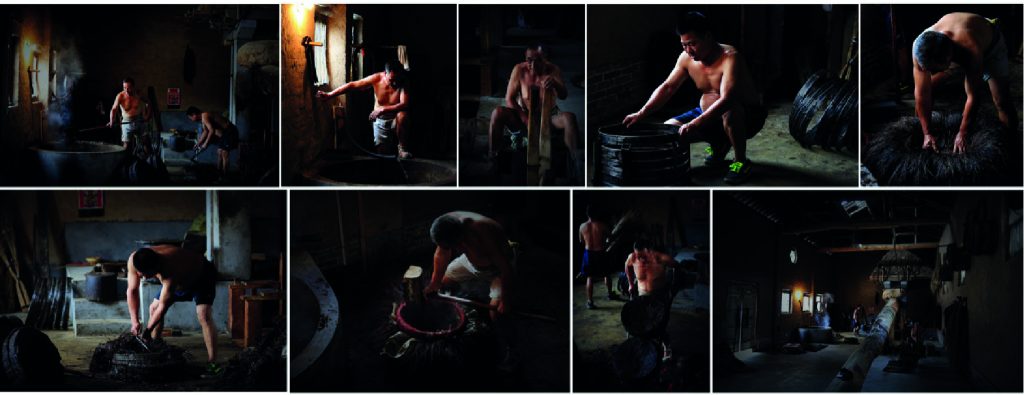
Fig 14 Record of Traditional Oil Manufacturing Technique and Display of Spatial Environment
By investigating on the actual demand on spatial functions of traditional oil manufacturing craft, the display of traditional oil manufacturing craft is ensured in the correspondent building space within the scenic area. In terms of function display and spatial arrangement (Fig 15), the space can be divided into manual workshop zone (rapeseed germ steaming and pressing zone), sell zone of refined oil products, tools display zone, manual workshop zone (rapeseed removal and manufacturing zone and rap oil draining zone) (Fig 16), manual workshop zone (rapeseed display zone) etc, to meet the demands of making, display and sell in planning indoor space. Tourists can finish the activities and behaviors from understanding and visiting to recognizing and purchasing in this independent space.

Fig 15 Analysis Map of Indoor Space of “Chunyu Oil Mill” (Mapped by the Author)
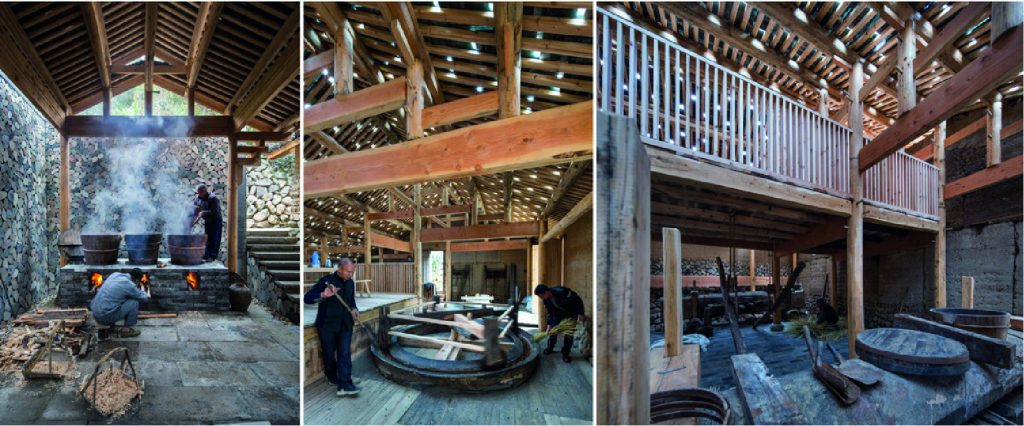
Fig 16 Manual Workshop Zone (Rapeseed Removal and Manufacturing Zone and Rap Oil Draining Zone) (Provided by the Author)
The materials used in the oil manufacturing process are on display as the decoration of environment and atmosphere, which are highlighted by adopting a lot of stacking arrangement.(Fig 17).
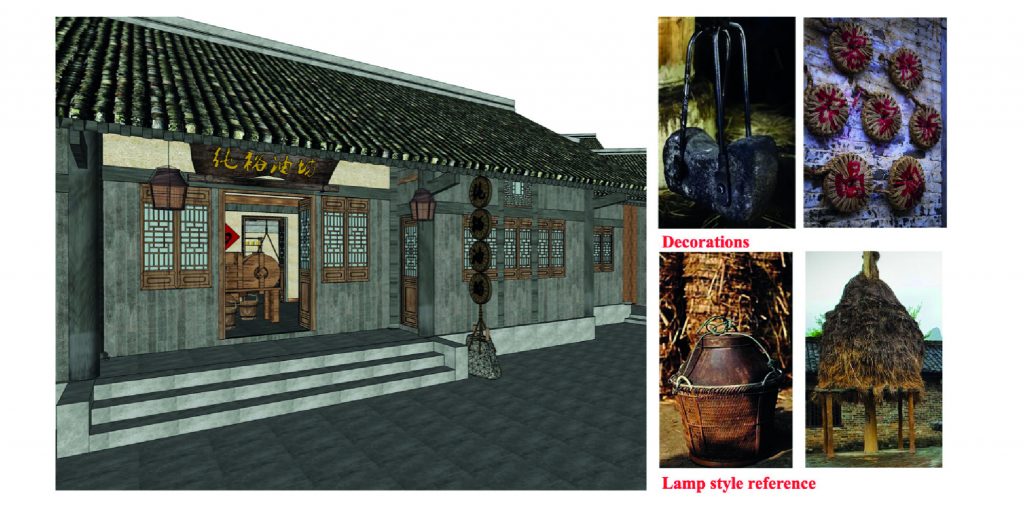
Fig 17 “Chunyu Oil Mill” Store Design Map (Provided by the Author)
(2) Overwater Granary
“Ovwerwater Granary” is located in the Huilong Island of Historic Village Scenic Area and has an exceptional geological advantage. The overall layout of the scenic area (Figure 18) is distributed around Huilong Island, with Huilong Temple and the old opera stage to the south, food street to the east, Huilong Island folk house and the central square of Huilong Island to the west. Due to the characteristics of its surrounding business forms, the central square lacks correspondent supporting facilities, and the scenic area is also in short of the concentrated marketing of vegetables and fruits. And the overwater granary is exactly built to meet the consumption requirements, as well as the life requirements for primitive vegetables and local fresh fruits in the scenic area. Guided by the design philosophy of “slight intervention”, the architectural form, components, mechanism of the Guizhou Building (Overwater Granary) are kept as vivid memory, and along with the design idea of “coexistence among human beings, between human beings and nature, and between human beings and building”, overwater granary is integrated with the surrounding business forms, so as to gain more popularity in the scenic area.
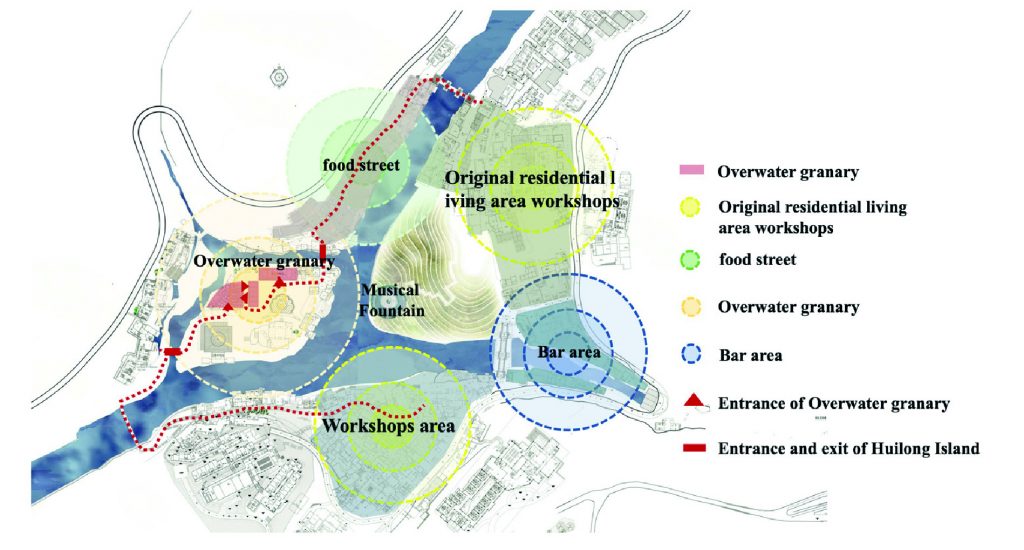
Fig 18 Overwater Granary Area Map (Mapped by the Author)
This area, replicating the appearance of original Guizhou Overwater Granary (Fig 19) and incorporating the business mode of modern catering “Wenheyou”, aims to create a multi-typed catering gathering place. And the area is divided into primary and secondary lines in order to increase the experience layers of tourists.
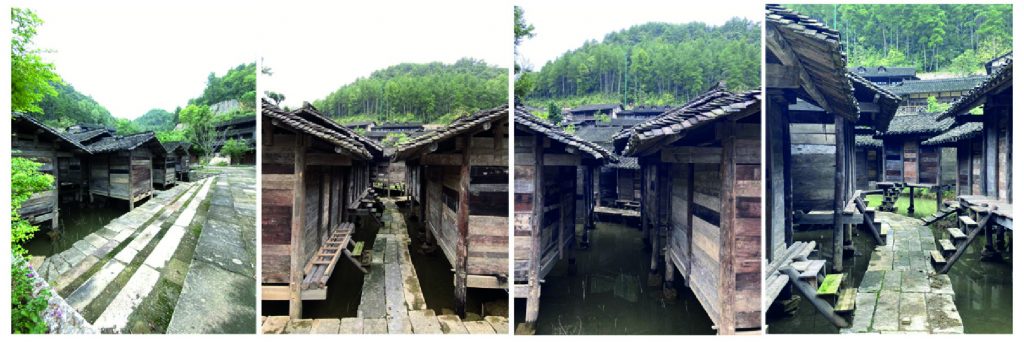
Fig 19 View of Overwater Granary (Mapped by the Author)
What’s more, on the basis of the original building structure, connections such as platforms and corridors between buildings are added to expand activity space and offer an immersive experience for tourists in this relatively complete and independent environment. With the help of swings, gliders and resting chairs, the interaction between tourists and space is enhanced, thereby achieving the “coexistence” among human beings, between human beings and nature, and between human beings and building (Fig 21).
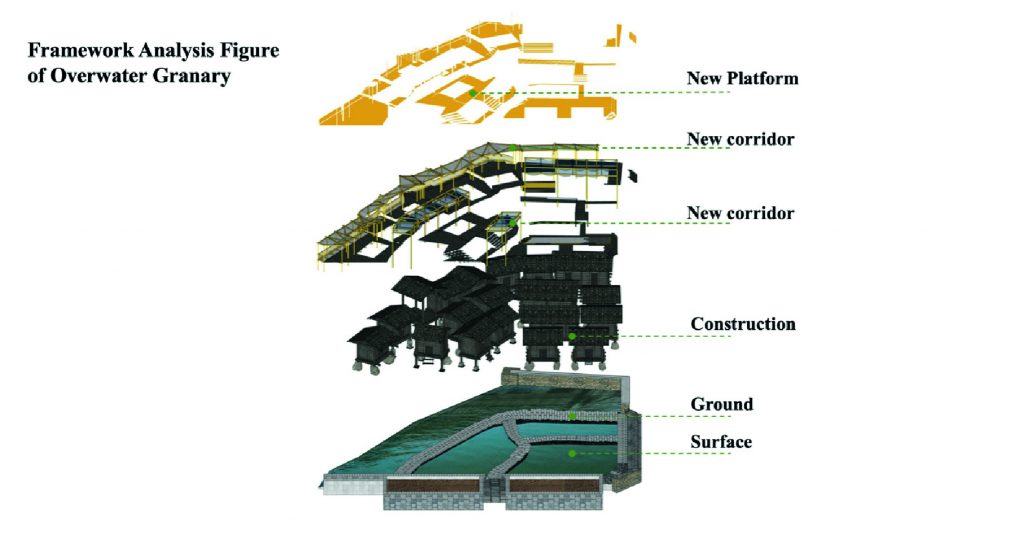
Fig 20 Framework Analysis Figure of Overwater Granary (Mapped by the Author)
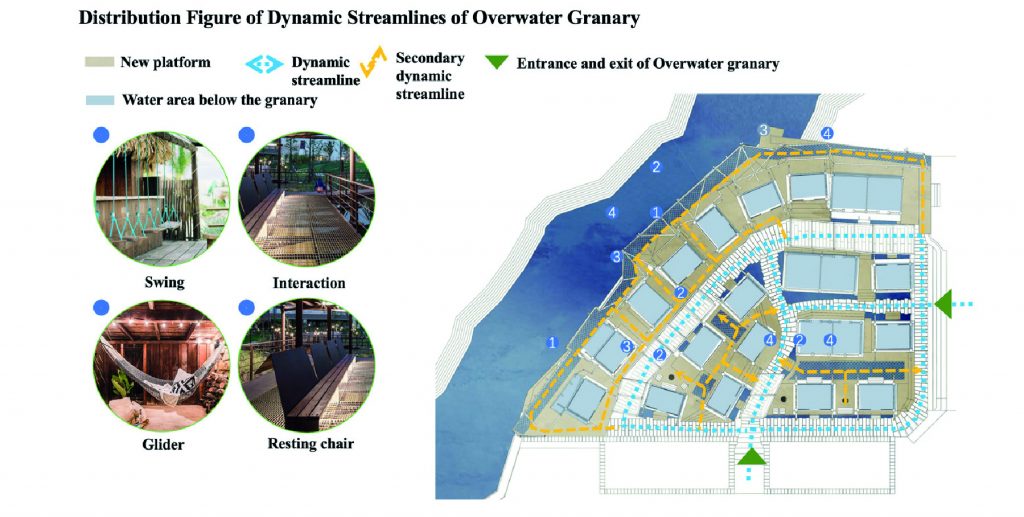
Fig 21 Distribution Map of Dynamic Lines of Overwater Granary (Mapped by the Author)
Besides, parts of walls are renovated. By adding more windows to increase the daylighting area and ventilating channels, the indoor environment of overwater granary is improved, making the environment for indoor activities more comfortable. And the storing space which was used for storage is upgraded to business space for catering services.
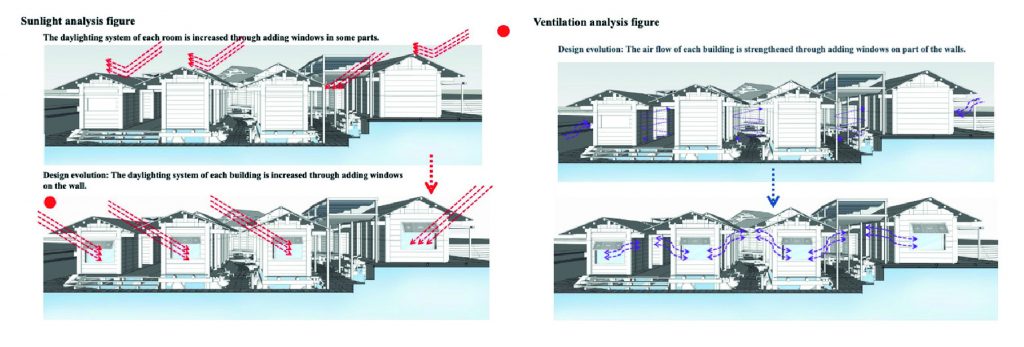
Fig 22 Analysis Figure of Environment Upgrading of Overwater Granary (Mapped by the Author)
Visual presentation of overwater granary stresses the application and the display of ethnic elements, such as lanterns, crops, drapes of Miao Nationality, and bead curtains to create the atmosphere and integrate with the surrounding environment in a better fashion.
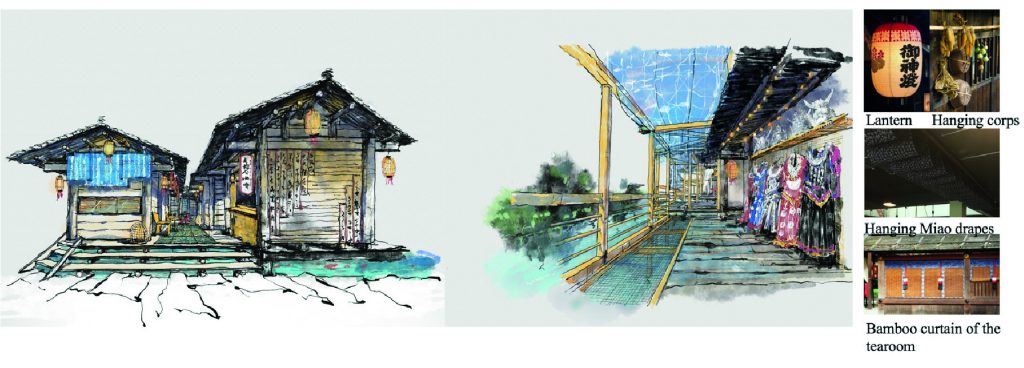
Fig 23 Architectural Rendering of Overseas Granary (Mapped by the Author)
5. Conclusion
With regard to the construction of tourist destinations in traditional Chinese villages, on the one hand, importance should be attached to issues on protecting the landscapes and culture of traditional villages, and on the other hand, attention should be paid to the vitalization and coexistence of traditional villages in its transformation to tourist destinations. Nowadays, tourists cares more about the authentic traditional villages, so the construction and development of China’s rural tourism should not only give opportunities to tourists to feel the charm of traditional villages in tourist destinations, but also offer comprehensive services for tourists to make sure that they have the best tourism experiences. In the case of Wujiang Village, traditional villages are transformed into scenic areas. And this practice is guided by the principle of “Achieving Poverty Alleviation through Tourism and Vitalizing Old Villages”, and building, culture, space, landscape, service and people’s livelihood are integrated so as to achieve the coexistence between scenic area and traditional villages. It is not only a beautiful tourism scenic area, but also a new home for residents. The practice is an experiment and exploration of the construction of tourism destinations based on traditional villages.
Notes:
[i] The Notice of Ministry of Housing and Urban-Rural Development, Ministry of Culture, State Bureau of Cultural Relics, and Ministry of Finance Regarding Carrying on Traditional Villages Research,2012
2 Lu Jing. Feng Jicai:The Deepest Root of the Chinese Nation is not in the city, but in the Country. People. cn. March 9, 2011
3 CKGSB. Poverty Alleviation through Tourism, and Vitalizing Ancient Villages, to Explore a Sustainable Development Path for Countryside. THE PAPER. November 8, 2020
4 Same as Note 3
Reference:
[1] Ren Jiru, Ren Haiming. Protection and Development of Traditional Villages in the New Era [J]. Jiangsu Commercial Forum, 2019[4]:135-137.
[2] Feng Xiao. The Complex Landscape Design Logic of Enric Miralles [J]. Chinese Landscape Architecture.2012[10]:113
[3] Lu Jing. Feng Jicai:The Deepest Root of the Chinese Nation is not in the city, but in the Country. People. cn. March 9, 2011
[4] CKGSB. Poverty Alleviation through Tourism, and Vitalizing Ancient Villages, to Explore a Sustainable Development Path for Countryside. THE PAPER. November 8, 2020
[5] CNR.CN. Rural Tourists Account for More than Half of the Country’s Tourist Arrivals. CNR.CN Official Account. September 18, 2020